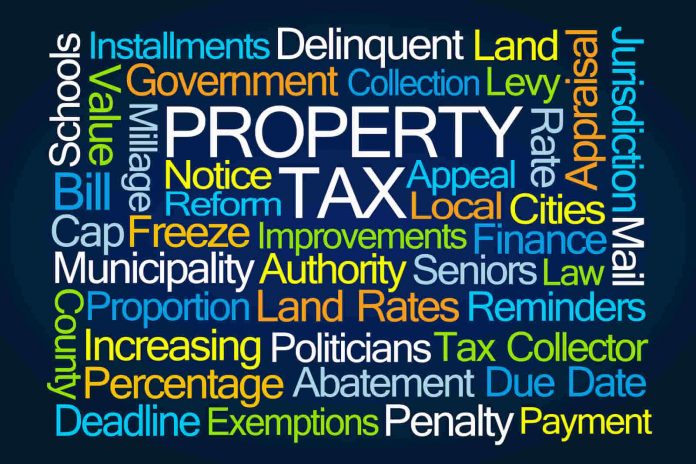
Property tax is just one of the many costs of homeownership. For some, property tax is a negligible cost, but for others, it can mean the difference between putting food on the table and paying the taxman. The average American household spends $2,279 per year on property taxes, and some pay additional fees for vehicle property taxes.
Tax abatement programs can help lower your tax burden, but it’s important to weigh the pros and cons of these programs before jumping on board.
What are Tax Abatement Programs and How Do They Work?
Tax abatement programs either eliminate or significantly reduce property tax payments on homes for a specified number of years. These generally apply to new constructions, rehab properties and properties that have major improvements. The aim of these programs is to attract buyers to locations that have lower demand.
Tax abatements may be available throughout an entire city, or they may only apply to designated areas. In some cases, the programs have income restrictions.
Abatement programs may apply to residential homes, or the programs may be designed for commercial properties when revitalizing certain areas of the city. Cook County, Illinois, for example, has seven tax abatement programs, many of which apply to commercial properties only.
You’ll still have to pay property taxes, but they’ll be substantially lower in many cases because they will be based on the value of the home prior to improvements.
The property must be owner-occupied in order for the abatement program to remain in place. If the home is sold to another owner-occupant, the abatement will carry with the home, but the abatement period will not start over.
The Advantages of Tax Abatement Programs
There are many advantages of tax abatement programs. Owners save money on their property taxes, which provides incentive to purchase property in areas the city may want to revitalize.
By offering this incentive, the city is able to breathe new life into struggling areas. Programs aimed at commercial properties may help stimulate the local economy and potentially bring new jobs to the area.
Potential Drawbacks
Tax savings is certainly beneficial, but there are some drawbacks that potential buyers need to consider.
In many cases, tax abated properties are located in less-than-desirable areas. The goal of the abatement program is to redevelop these areas, but there’s no guarantee that these efforts will be successful. If the neighborhood does not improve, the value of the property may remain flat or even decline. The property may be difficult to sell, or you could potentially lose a lot of money in the process.
Once the abatement period ends, your property taxes will increase significantly, so it’s important to be prepared for this increased expense.
Even when a property is under tax abatement, your tax bill can change. You’re still paying taxes on a percentage of your property’s value. A special assessment of the property or tax rate hike could cause your bill to increase. While you probably won’t see a significant increase on your tax bill, you should be aware of and prepared for these potential changes.
Tax abatement programs are a great incentive to purchase a property, but it shouldn’t be the deciding factor when making your decision. Make sure that you’re happy with the location and the property itself. The abatement program should be viewed as an additional perk for purchasing the property.
















